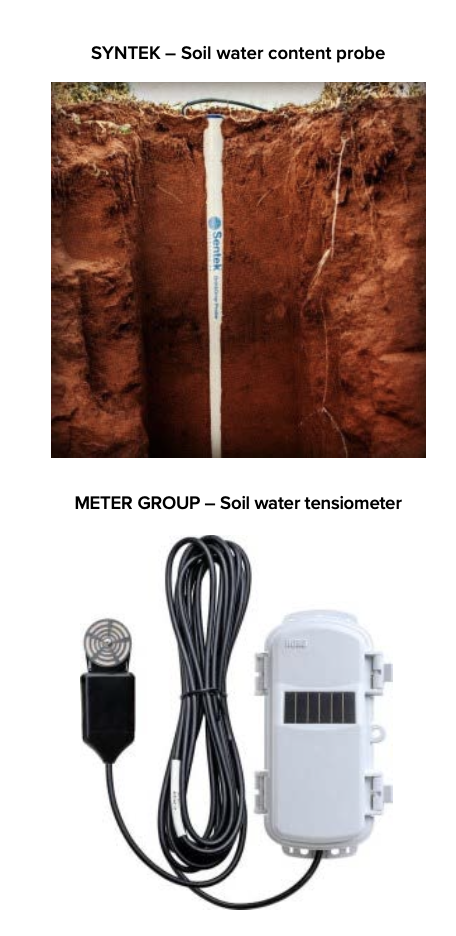Professor Pete W. Jacoby, from Washington State University, researches methods to combat impacts of global warming by enhancing soil water retention for vineyard resilience
Drought has long been a serious threat to regions that depend on natural rainfall for crop production. For centuries, irrigation from surface water or wells has been applied to supplement natural rainfall to assure successful crop production, leading to estimates that agriculture accounts for 70% of global water use.
With increased competition among water users and the threats of prolonged drought from global climate warming, farmers seek new and improved irrigation methods and technologies to remain sustainable and profitable.
In regions such as the West Coast of the U.S., farmers have shifted from crops needing high amounts of water, such as almonds, to those requiring less water, such as wine grapes. Methods such as surface drip application, developed in Israel during the middle 20th century, have also contributed to more efficient water distribution and application practices.
The application of deficit irrigation has not only demonstrated the potential to use less water but also to achieve higher quality fruit in the case of wine grapes than by replacing the total water amount used by the vine during specific periods in the primary cropping season.
One of the fastest-growing areas in irrigation technologies to emerge in the last decade has been the use of electronic sensors to estimate crop water use, regulate water scheduling, and control the duration of water application to achieve desired production goals.
An experiment, is being conducted near Walla Walla, WA, to evaluate sensor- driven irrigation scheduling in a block of Sarah winegrapes being watered by surface drip and subsurface drip to determine impacts on vine physiological function, fruit quality, and yields.

Types of sensors
The study described above uses paired sets of electronic capacitance sensors for total water content and soil water tensiometers for water availability to the vine. The capacitance sensors are contained within a tapered plastic case and spaced at ca. 10 cm intervals to a depth of ca. 90 cm, while the tensiometers are placed at ca. 25, 46, and 66 cm depths near each probe. Measurements are recorded in real-time, and data is stored on a chip and transmitted by cellphone every quarter-hour to a cloud server. Charted data is available for inspection by computer or cellphone at will. Solar-charged batteries power all electronics.
Sensor-driven irrigation delivery
A manual valve was replaced with an electronically activated valve, allowing the grower to irrigate on-demand or switch to automated watering from a mobile device. In this experiment, automated irrigation is controlled by a sentinel soil moisture sensor located at the 50 cm depth in a capacitance probe. A desired level of soil water content is selected for the start of irrigation, and the watering time period is set in minutes.

Companion treatments to conserve water use
In this study, one research objective is to determine the benefits derived from using subsurface irrigation for water conservation. Another aim was to quantify the potential improvement of fruit quality from extending a period of vine water stress by using high- frequency/short-duration irrigation events to maintain a moderate level of deficit irrigation. Soil water retention capacities vary by soil type, so this experiment will be replicated at a number of sites over the next few years to derive recommendations for grower use of these applications.
Other treatments under consideration include using soil amendments to increase water retention in coarse- textured soils and determining grapevine varieties’ responses to these treatments over time.

This work is licensed under Creative Commons Attribution-NonCommercial-NoDerivatives 4.0 International.


